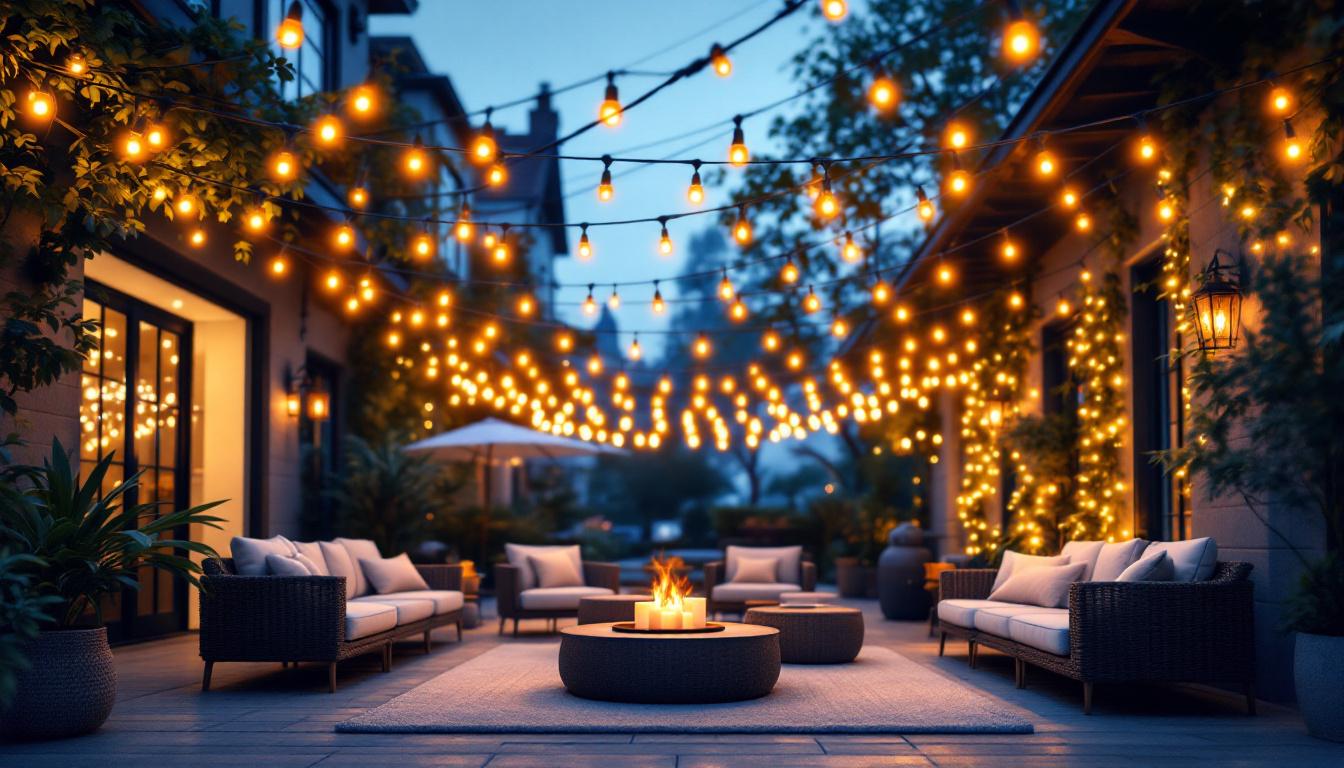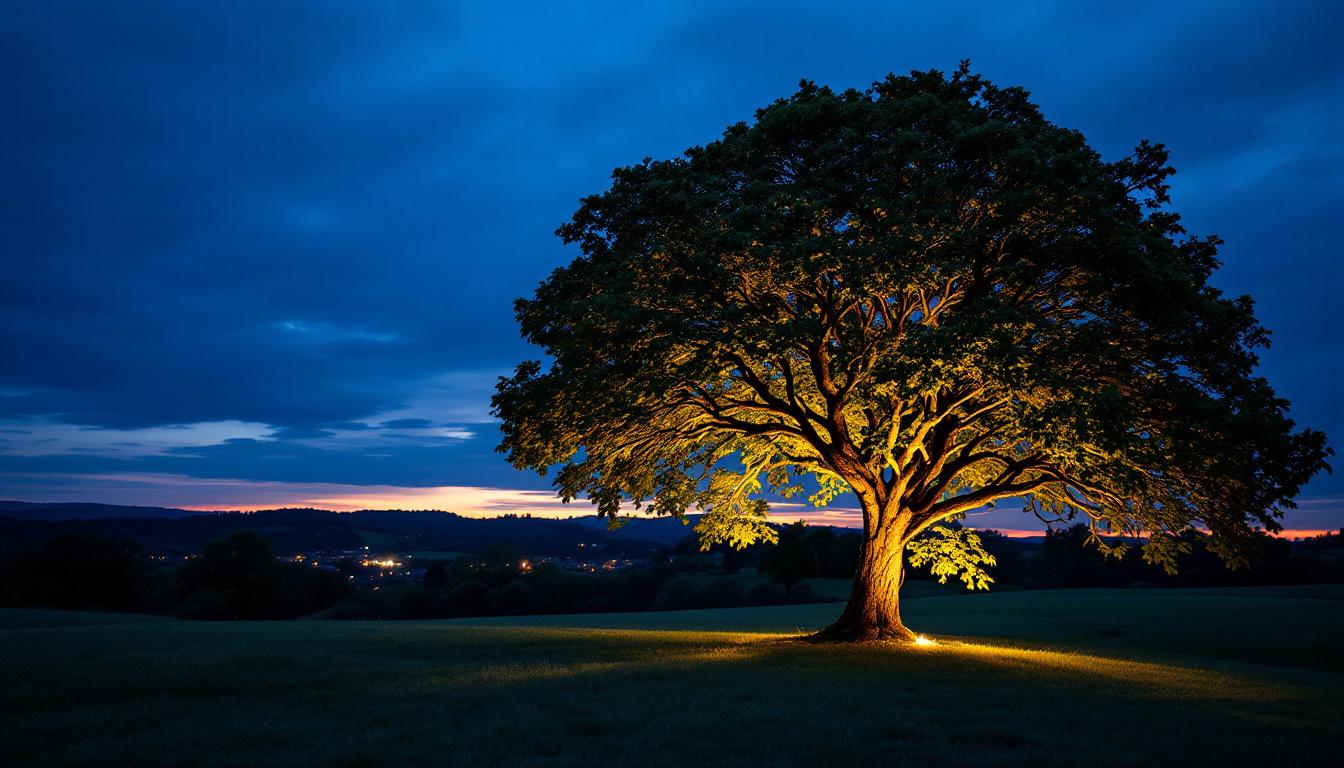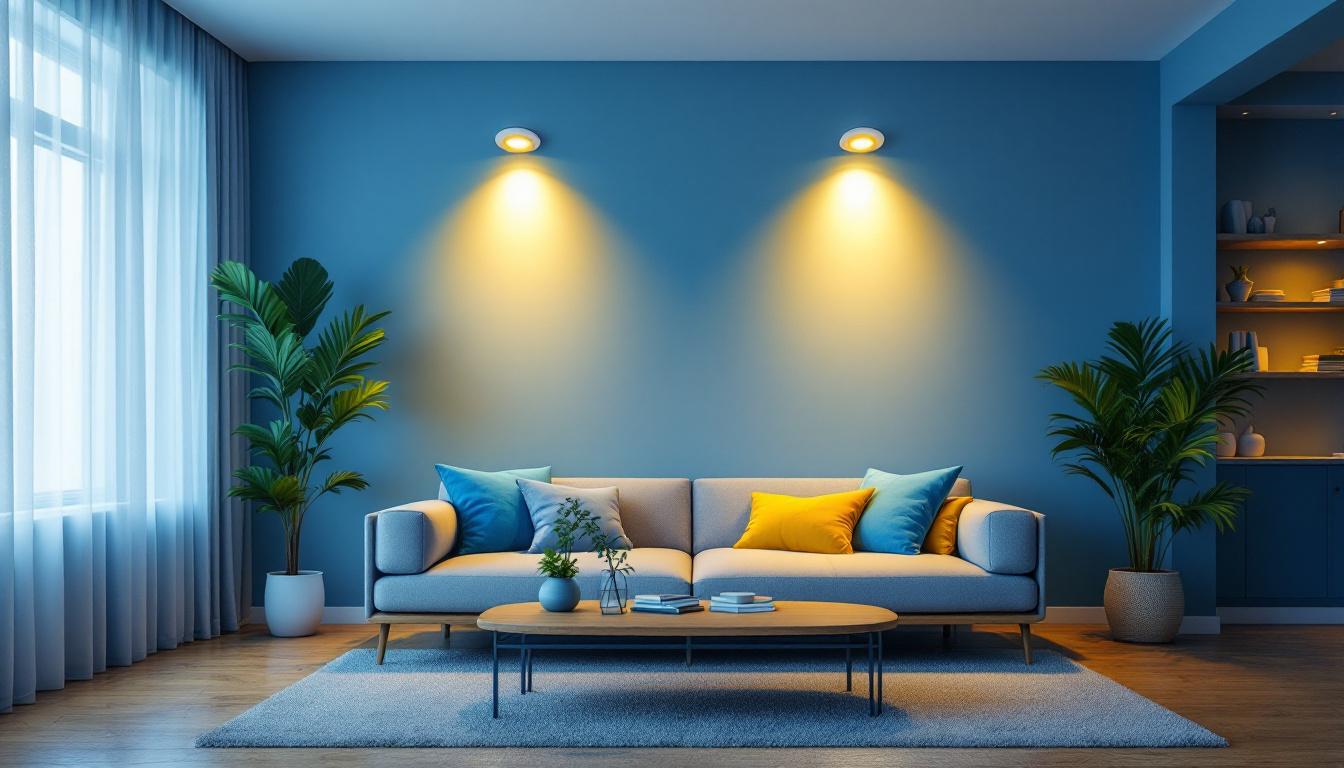
In the world of outdoor lighting, patio string lights have emerged as a popular choice for both residential and commercial spaces. Their versatility, aesthetic appeal, and ease of installation make them a go-to option for lighting contractors. This article delves into essential facts about exterior patio string lights, providing valuable insights for lighting professionals looking to enhance their offerings.
Patio string lights, often referred to as festoon lights or bistro lights, consist of a series of bulbs connected by a flexible wire. These lights can be used to create a warm and inviting atmosphere for outdoor gatherings, enhancing the overall ambiance of patios, decks, and gardens. Their versatility makes them a popular choice for both residential and commercial spaces, where they can transform an ordinary outdoor area into a magical setting, perfect for evening get-togethers or romantic dinners under the stars.
There are several types of patio string lights available on the market, each designed to meet different aesthetic and functional needs. The most common types include:
When selecting patio string lights, it’s crucial to consider the design elements that will complement the outdoor space. Factors such as bulb size, color temperature, and spacing between bulbs can significantly impact the overall aesthetic. For instance, larger bulbs can create a bold statement, while smaller ones may offer a more delicate look. The choice of wire color, whether black, white, or green, can also play a role in how well the lights blend with the surrounding environment.
Additionally, color temperature plays a vital role in setting the mood. Warm white lights tend to create a cozy atmosphere, while cooler tones can provide a more modern feel. Understanding these nuances allows lighting contractors to better serve their clients’ design visions. Moreover, the placement of the string lights can enhance the overall effect; draping them across a patio or wrapping them around trees can create a whimsical, enchanting vibe. For those looking to make a statement, incorporating dimmable features or smart technology can elevate the experience, allowing for dynamic lighting that adapts to different occasions and preferences.
Proper installation is key to ensuring the longevity and effectiveness of patio string lights. Here are some essential tips for lighting contractors to consider during the installation process.
Before installation, it’s important to plan the layout carefully. Consider the space’s dimensions and the desired light coverage. A well-thought-out design will not only enhance the functionality of the lights but also create a visually appealing arrangement.
Using a chalk line or string can help visualize the intended path of the lights. This step allows for adjustments before any permanent fixtures are installed, ensuring a more streamlined installation process. Additionally, take into account the surrounding elements, such as trees, furniture, and pathways, as these can influence the placement and height of the lights. A thoughtful layout can create zones of light that enhance the ambiance, making the outdoor space inviting for gatherings or quiet evenings.
The method of mounting patio string lights can vary based on the specific installation environment. Common mounting options include:
In addition to these methods, consider the weight and type of string lights being used. Heavier lights may require more robust mounting solutions, such as brackets or additional support lines, to prevent sagging and ensure stability. Furthermore, it’s beneficial to assess the weather conditions of the installation site; for instance, in areas prone to high winds, securing lights more tightly or using wind-resistant fixtures can prevent damage and prolong the lifespan of the installation. Properly addressing these factors will contribute to a safer and more effective lighting setup.
When working with exterior patio string lights, understanding electrical requirements is essential for safety and compliance. Here are some key electrical considerations for lighting contractors.
Most patio string lights operate on either 120V or low-voltage systems. Low-voltage lights typically require a transformer to convert standard voltage, making them safer for outdoor use. It’s crucial to check the wattage of the lights to avoid overloading circuits, which can lead to blown fuses or electrical fires.
Contractors should also be aware of the total wattage capacity of the circuit being used. Calculating the cumulative wattage of all connected lights ensures that the installation remains within safe limits.
Outdoor lighting installations must be weatherproof to withstand environmental elements. Look for string lights that have an IP rating indicating their resistance to water and dust. Additionally, all electrical connections should be made with weatherproof materials to prevent short circuits and electrical hazards.
Using GFCI (Ground Fault Circuit Interrupter) outlets is also recommended for outdoor installations. These outlets provide an extra layer of safety by shutting off power in the event of a ground fault, protecting both the installation and its users.
To ensure the longevity of patio string lights, regular maintenance is essential. Here are some tips for keeping these installations in top condition.
Conducting regular inspections can help identify potential issues before they become significant problems. Check for broken bulbs, frayed wires, or corrosion at connections. Addressing these issues promptly can prevent further damage and ensure the lights remain functional.
Cleaning the lights periodically is also important. Dust, dirt, and debris can accumulate over time, diminishing the brightness and clarity of the bulbs. A gentle wipe with a damp cloth can help maintain their appearance and performance.
For string lights that are not designed for year-round use, proper storage during off-seasons is crucial. Carefully remove the lights and store them in a dry, cool place to prevent damage from moisture or extreme temperatures. Using bins or containers can help keep the lights organized and protected.
Patio string lights are not just functional; they can significantly enhance the aesthetic appeal of outdoor spaces. Understanding how to effectively use these lights can elevate the overall design of a project.
One of the primary benefits of patio string lights is their ability to create a warm and inviting atmosphere. When strategically placed, they can highlight architectural features, enhance landscaping, and provide soft illumination for outdoor dining areas.
Layering lighting is also a valuable technique. Combining string lights with other forms of outdoor lighting, such as lanterns or spotlights, can create depth and interest in the space. This approach allows for versatility in mood and functionality, catering to various outdoor activities.
Patio string lights are perfect for special events, such as weddings, parties, or holiday celebrations. Their versatility allows for creative installations that can be tailored to the theme of the event. For instance, wrapping lights around trees or draping them across open spaces can create a magical ambiance.
Seasonal decorations can also benefit from the addition of string lights. Whether it’s festive lighting for the winter holidays or bright colors for summer gatherings, these lights can be adapted to suit any occasion.
As a lighting contractor, recommending the right products to clients is essential for achieving their desired outcomes. Here are some factors to consider when selecting patio string lights for clients.
Investing in high-quality string lights can save clients money in the long run. Cheaper options may lead to frequent replacements and maintenance issues. Look for products that come with warranties or guarantees, indicating the manufacturer’s confidence in their durability.
Additionally, consider the materials used in the construction of the lights. Weather-resistant materials will ensure longevity and performance, even in challenging outdoor conditions.
Many manufacturers offer customization options for patio string lights, allowing contractors to tailor products to meet specific client needs. This can include different bulb shapes, colors, and lengths. Providing clients with a range of choices enhances their satisfaction and ensures the final product aligns with their vision.
Exterior patio string lights are an essential component of outdoor lighting design. For lighting contractors, understanding the various types, installation techniques, and maintenance requirements is crucial for delivering high-quality installations that meet client expectations.
By staying informed about the latest trends and products in patio string lighting, contractors can enhance their service offerings and create stunning outdoor spaces for their clients. Whether for casual gatherings or special events, these lights offer endless possibilities for transforming outdoor areas into inviting and functional environments.
Ready to elevate your outdoor lighting projects with premium patio string lights? At LumenWholesale, we offer an extensive selection of spec-grade lighting solutions that combine quality, affordability, and convenience. Say goodbye to local distributor markups and hello to superior lighting products at wholesale prices. With free shipping on bulk orders, LumenWholesale is your go-to source for high-performance lighting that meets the highest industry standards. Don’t compromise on quality or value—visit Wholesale Lighting at the Best Value and make your next installation shine with LumenWholesale.

Discover how choosing the right high-amp electric outlets can enhance your lighting projects and boost your business.

Discover the art and science of tree spot lighting with proven techniques tailored for lighting contractors.

Discover essential tips for selecting and installing 2 LED recessed downlights to ensure your lighting projects are efficient and mistake-free.

Discover the essential facts about exterior patio string lights from lighting contractors.